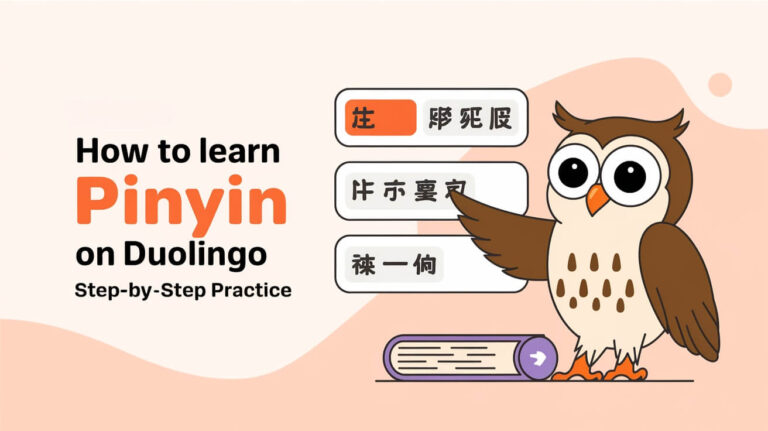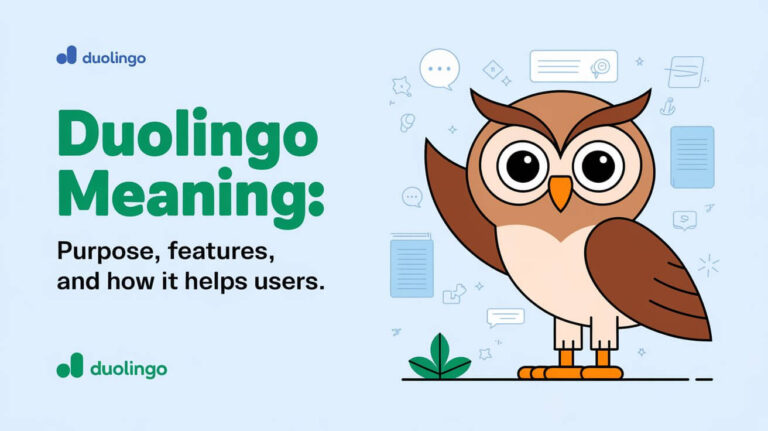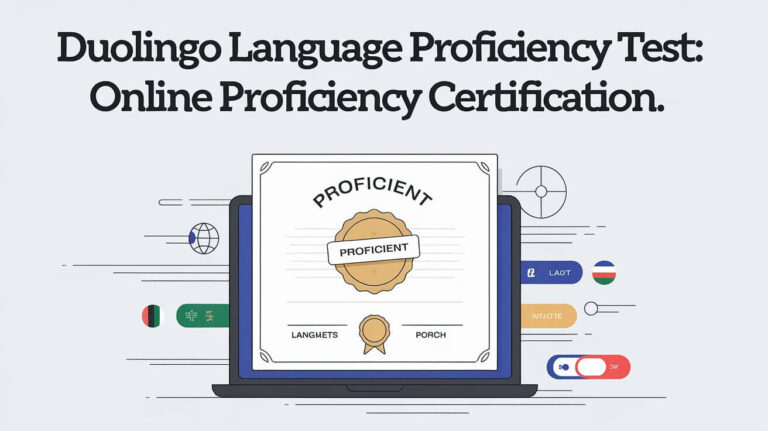Duolingo, the popular language learning app, has revolutionized the way people learn new languages. But have you ever wondered how this free app keeps its lights on? Duolingo makes money through a combination of subscription services, advertising, in-app purchases, and language proficiency tests. In this post, we’ll explore each of these revenue streams in detail and uncover the innovative business model that has made Duolingo a financial success.
Introduction to Duolingo’s Business Model
The Rise of Duolingo in Language Learning
Launched in 2011, Duolingo quickly became a hit among language enthusiasts. Its fun, gamified approach to learning languages set it apart from traditional methods. The app’s founders, Luis von Ahn and Severin Hacker, had a vision: to create a free language learning platform accessible to everyone.
Duolingo’s Freemium Approach
At its core, Duolingo operates on a freemium model. This means anyone can download the app and start learning a language for free. But how does a free app make money? Let’s dive into Duolingo’s clever monetization strategies.
Duolingo’s Primary Revenue Sources
Subscription Model: Duolingo Plus
Duolingo Plus is the app’s premium subscription service. For a monthly fee, users get:
- An ad-free experience
- Offline access to lessons
- Unlimited hearts (lives)
- Progress tracking features
This subscription model is a key part of how Duolingo makes money. As of 2021, about 6% of monthly active users were Duolingo Plus subscribers. That might seem small, but it translates to millions of paying customers.
Advertising Revenue
For users who stick with the free version, Duolingo displays ads. These appear between lessons or exercises. The company partners with ad networks to show relevant ads to users based on their preferences and behaviors.
Advertising is Duolingo’s second-largest revenue stream. It’s a win-win: users get free language learning, and Duolingo gets paid by advertisers.
In-App Purchases
Duolingo offers small, one-time purchases within the app. These include:
- Streak freezes (to maintain a learning streak)
- Timer boosts
- Bonus lessons
While each purchase is small, they add up across millions of users. It’s a clever way for Duolingo to make money from even its free users.
Duolingo English Test: A Growing Income Stream
How the Duolingo English Test Works
The Duolingo English Test is an online English proficiency exam. It’s designed as a more accessible alternative to traditional tests like TOEFL or IELTS.
Pricing and Acceptance
As of 2021, the test costs $49. That’s significantly less than its competitors. Many universities and institutions now accept the Duolingo English Test, making it a growing part of how Duolingo makes money.
Exploring Duolingo’s User Base and Growth
Global Reach and User Statistics
Duolingo’s success in making money is closely tied to its massive user base. As of 2021, the app boasted:
- Over 500 million downloads
- 42 million monthly active users
- Courses in over 40 languages
These numbers show why Duolingo’s revenue strategies work so well – they have a huge audience to monetize.
Duolingo’s Marketing Strategy
Duolingo’s growth isn’t just luck. The company uses smart marketing tactics:
- Word-of-mouth referrals
- Social media engagement
- Partnerships with schools and organizations
These strategies help Duolingo attract new users without spending a fortune on advertising, which in turn boosts how much money they make.
The Technology Behind Duolingo’s Success
Gamification and User Engagement
One reason Duolingo makes money so effectively is its use of gamification. Features like:
- Experience points (XP)
- Leaderboards
- Streaks
- Achievements
These game-like elements keep users coming back day after day. The more engaged users are, the more likely they are to see ads, make purchases, or subscribe.
AI and Machine Learning in Language Learning
Duolingo uses artificial intelligence to personalize lessons. This tech:
- Adapts to each user’s learning pace
- Predicts when users might struggle
- Suggests review lessons
By making learning more effective, Duolingo increases user satisfaction and retention – key factors in its ability to make money.
Duolingo’s Expansion Beyond Language Learning
Duolingo ABC: Literacy for Children
Duolingo isn’t just about foreign languages anymore. Duolingo ABC, launched in 2020, teaches young children to read and write in English. While currently free, this expansion opens up new ways for Duolingo to make money in the future.
Duolingo for Schools
This free tool lets teachers use Duolingo in their classrooms. While it doesn’t directly make money, it:
- Introduces Duolingo to younger users
- Builds brand loyalty
- Could lead to future monetization opportunities
Analyzing Duolingo’s Financial Performance
Revenue Growth Over the Years
Duolingo’s approach to making money has paid off. Let’s look at their revenue growth:
- 2019: $70.8 million
- 2020: $161.7 million
- 2021: $250.8 million
This impressive growth shows that Duolingo’s monetization strategies are working well.
Profitability and Future Projections
While Duolingo’s revenue is growing, the company is still working towards consistent profitability. They’re investing heavily in:
- Product development
- New features
- Expanding language offerings
These investments could lead to even more ways for Duolingo to make money in the future.
Challenges and Competition in the Language Learning Market
Major Competitors
Duolingo isn’t alone in the language learning space. Competitors include:
- Babbel
- Rosetta Stone
- Busuu
- Memrise
Each of these has its own approach to making money, often with a stronger focus on paid subscriptions.
How Duolingo Stays Ahead
To keep making money in a competitive market, Duolingo focuses on:
- Constant app improvements
- Adding new languages and features
- Maintaining its fun, engaging learning experience
By staying innovative, Duolingo aims to keep its edge – and its revenue – growing.
The Future of Duolingo’s Revenue Model
Potential New Income Streams
Duolingo is always exploring new ways to make money. Future possibilities might include:
- Corporate language training programs
- Partnerships with travel companies
- Expanded certification offerings
These could open up whole new revenue streams for the company.
Adapting to Changing User Needs
As user needs evolve, so does Duolingo. They’re constantly:
- Updating course content
- Improving their technology
- Exploring new markets
This adaptability is key to Duolingo’s long-term strategy for making money.
Conclusion: Duolingo’s Innovative Approach to Monetization
Duolingo’s success in making money comes from a clever mix of strategies. By offering a high-quality free product, they’ve built a massive user base. Then, through subscriptions, ads, in-app purchases, and language tests, they’ve found ways to generate revenue without compromising their mission of free education.
As Duolingo continues to grow and evolve, it’s likely we’ll see even more innovative ways for them to make money. But one thing seems certain – their commitment to accessible language learning will remain at the heart of their business model.
Whether you’re a casual learner or a language enthusiast, understanding how Duolingo makes money gives you insight into the business of education technology. It’s a fascinating example of how companies can balance profit with purpose in the digital age.
So, the next time you open Duolingo to practice your Spanish or brush up on your French, remember – you’re part of a clever business model that’s changing the face of language learning worldwide.







